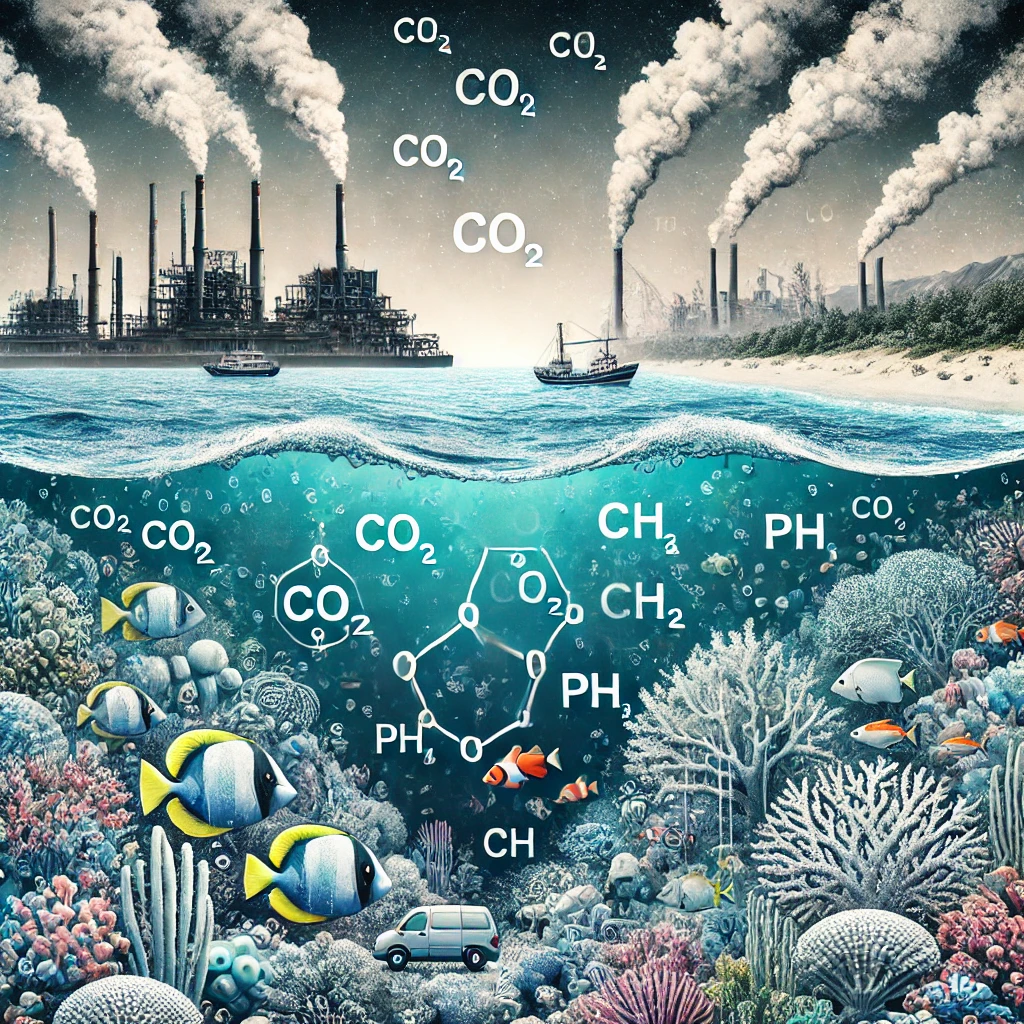What makes the Ocean More Acidic?
Article Source: ScienceDirect

Why you should care:
Ever wondered how your brain makes sense of everything around you? From recognizing faces to solving puzzles, your brain is constantly processing information. Understanding how this works can help us learn better, make smarter decisions, and even improve how we interact with technology. Knowing how the brain processes information can unlock ways to boost memory, focus, and learning.
Answering the question… What makes the Ocean More Acidic?
Researchers wanted to crack the brain's code for processing information. They discovered that our brains handle 70,000 thoughts every day, constantly filtering out unnecessary details and focusing on what's important. They found that different parts of the brain work together to process 11 million bits of information every second, but only 50 of those bits reach our conscious mind. This selective attention helps us stay focused and make quick decisions.
How was the study done?
The study involved a combination of brain imaging techniques and computational models. Researchers used functional MRI (fMRI) scans to observe which areas of the brain light up during different tasks, like recognizing objects or solving problems. They also analyzed the data using algorithms to understand how these brain regions communicate and process information.
What was discovered?
- 70,000 Thoughts Daily: On average, the brain processes around 70,000 thoughts each day, managing a vast amount of information and deciding what's important to focus on.
- 11 Million Bits per Second: The brain receives 11 million bits of information every second from our senses, but only 50 bits make it to our conscious awareness, highlighting the brain’s incredible filtering system.
- Memory and Learning: The study found that the hippocampus, a part of the brain responsible for memory, plays a key role in learning new information. When people learn something new, the hippocampus is highly active, helping to store and retrieve memories more efficiently.
- Attention and Focus: The prefrontal cortex, which manages decision-making and attention, can prioritize tasks by filtering out distractions. This allows us to stay focused on one thing at a time, even when bombarded with multiple stimuli.
- Speed of Processing: The brain can process visual information in as little as 13 milliseconds, which is faster than the blink of an eye. This speed is crucial for quick decision-making, especially in high-stress situations.
- Neural Connectivity: The study also showed that neural pathways are strengthened with repetition. For instance, practicing a skill like playing an instrument can increase the efficiency of these connections by 20%, making the brain faster and more accurate over time.
- Brain Energy Use: Despite its small size, the brain uses about 20% of the body’s energy, showing just how power-hungry this organ is when processing information.
- Adaptability: The brain’s plasticity allows it to adapt to new information and environments. The study highlighted that exposure to new experiences can rewire the brain, enhancing cognitive flexibility by 15%.
Why does it matter?
Understanding how the brain processes information has huge implications for education, technology, and mental health. By knowing how we focus, learn, and remember, educators can develop better teaching methods that align with how the brain works. Technology developers can create smarter AI systems that mimic human thought processes. Moreover, this knowledge can lead to better treatments for cognitive disorders like ADHD and Alzheimer's, helping millions of people improve their brain health and quality of life.
